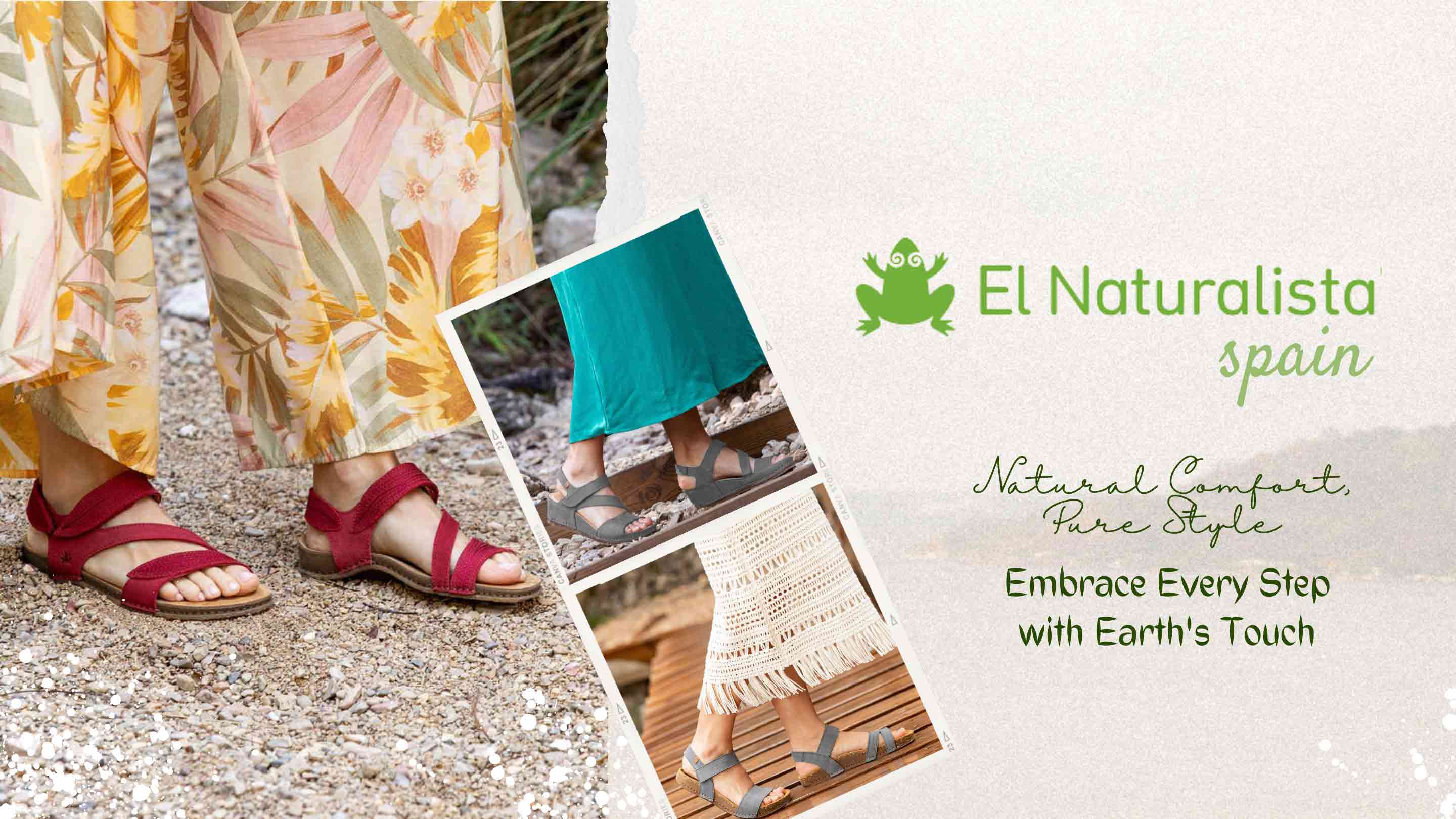How to Take Care of Leather Shoes
How to Take Care of Leather Shoes
A pair of nice and good-quality leather boots always look good when worn. Boots are mostly used for walking and hiking and put to rough use. Leather is a durable material but requires some tender love and care to keep this durability factor intact. Their care may seem a bit challenging but is not so in reality. Proper care in all its variations comes down to three basic things, cleaning the shoes, nurturing the leather, and keeping them dry. A few basic precautions and some simple steps will take care of your leather boots and increase their longevity. Let us look into detail some precautions and steps that will keep your leather footwear in mint condition and increase its lifespan.
1. Alternate Your Leather Boots
Leather is a natural material and so needs to ‘breathe’. Breathing in this context means the airflow through the leather pores. If you wear your boots every day, it is better to purchase two pairs of boots and use them alternately. Human feet sweat throughout the day and even more in the Indian subcontinent’s warm weather all of which is absorbed by the leather. If not properly dried it becomes a germinating ground for the odor-causing bacteria and the dampness makes the leather prone to damage from creasing, staining, and stretching. Leather boots care requires wearing two pairs of boots on alternate days. This gives them adequate time to dry which increases their lifespan. Also, wear socks with your boots which absorb the sweat and protect your feet and change them every day too.
2. Wipe Them After Each Wear
Give your leather boots cleaning after each wear. This should be a quick cleaning done by either wiping with a microfiber cloth or a gentle and light brushing. This will remove any dirt or grime collected during the day and prevent them from getting dirty.
3. Slightly Damp and Then Dry Clean the Boots
How to clean leather boots if they get dirty? We have the answer right here! If your boots get muddy during this monsoon season and the dirt has dried on them, then you need to use some water to clean them. This does not mean giving your shoes a proper bath which will spoil the leather. After removing the excess dirt through a dry cloth or brush use a slightly damp cloth and wipe your shoes with it. This will remove those persistent dirt particles still clinging to the boots. Then again use a dry cloth to remove any moisture. This procedure should be followed daily, at least in this rainy season.
4. Use SSD (Use Shoe Tree, Shoe Horn & Store in a Dust Bag)
Leather boots care requires SSD. By SSD we do not mean a type of computer or mobile drive. It’s short for Shoe tree, Shoe horn and Storing in a dust bag. Use a shoe tree when your boots are not in use. It will help to retain the boot’s proper shape and prevent creasing. Use a shoe horn while wearing the boots, it will keep the back of the boots from crushing by the feet and thus damaging them. And finally, even while storing the boots in a shoe wardrobe, first keep them in a fabric dust bag and then place them in the wardrobe. If left open, the dust settles into the boots resulting in them getting grimy and dusty.
5. Avoid Wearing Them During Rains
Avoid wearing leather boots during rains or on slushy and muddy surfaces. Water can even stain and harm waterproofed shoes if exposed for a long period and can even leak through leather soles if used. Use wellington boots or wear galoshes over the boots to prevent them from getting wet. If your boots do get soaked in water, then follow this leather boots cleaning procedure. First, pat the boots dry with paper towels and then stuff some paper towels inside them. If paper towels are not available then use a newspaper instead. Keep them in a ventilated room and don’t expose them to direct sunlight, fire, or heaters. It may curl the leather of the boots.
6. Waterproof and Service the Shoes
If going out in the rains is inevitable, then also take certain preventive steps for leather boots care and protection. Get them waxed just before the monsoons and apply a waterproofing leather spray before going out. If your shoes do not have a rubber sole, then get the soles fitted with a thin protective rubber sole. Also, check if your heels are in order. If they are damaged or wore down, then get them replaced immediately. A good cobbler in your neighborhood can do the job fine.
7. Get the Necessary Products
Leather boots need good care and nourishment to retain their polished appearance. Get some good-quality soft shoe brushes, polishes, conditioners, and creams. Applying and using them regularly will help retain the leather’s shine, luster, and durability.
8. Conditioning and Moisturizing
For leather boots conditioning use leather conditioners and creams. It keeps the leather moisturized and thus prevents cracks and creases. After cleaning the boots, take a pea-sized portion of the conditioner or cream and apply evenly on the uppers and soles of the boots. Leave them to dry on their own. Do this regularly at an interval of three or four months.
9. Polish the Boots After Six or Seven Wears
Leather boots care also includes polishing your shoes after regular intervals or after wearing them for a week. By polishing the leather retains its suppleness and protects the shoes from cracking and drying up. The wax in the polish also helps repel water and the polish also restores the leather’s color and takes care of scuffs and blemishes suffered by the boots.
Conclusion
So, these were some of the steps for leather boots conditioning and cleaning. These are easy and simple to do and should be done on a regular basis. For any special treatment, you can take them to a cobbler but using these steps if done regularly will be sufficient for their upkeep and increase their lifespan. Also, you'll need to have a leather boot to take care of it. Check out Saint G's Leather Boots Collection.




Leave a comment